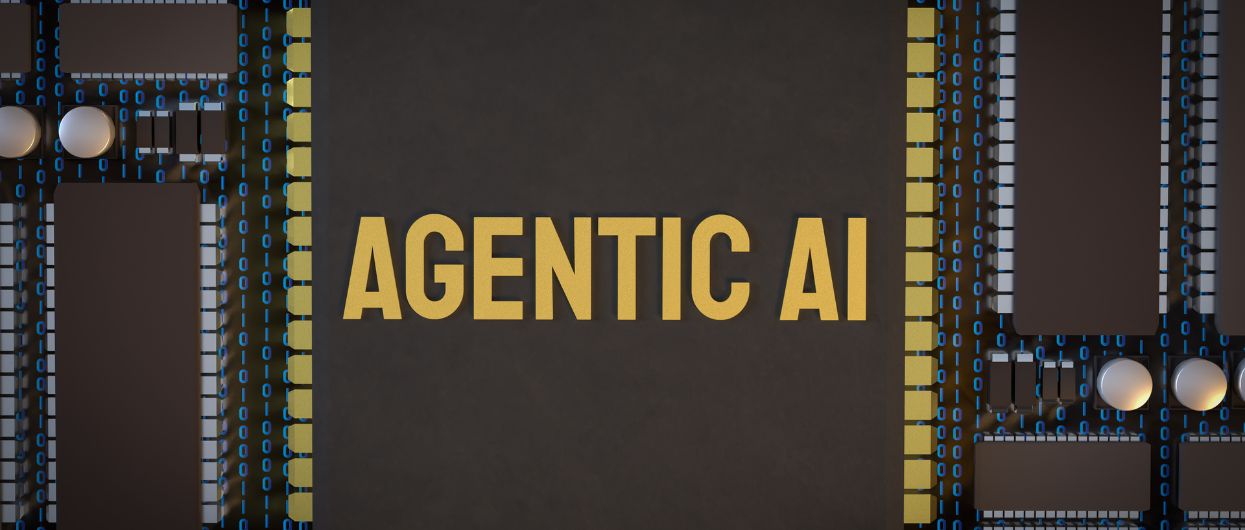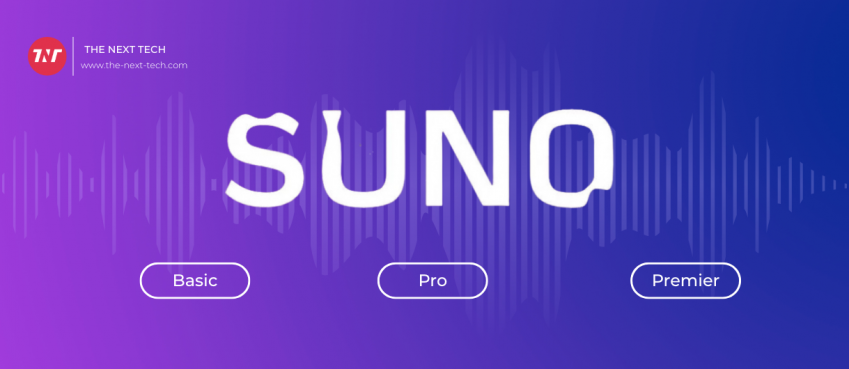
What kind of agent can surprise you? Think!
Absolutely, It’s an Agentic AI or particularly you can call Artificial Intelligence Agents.
The use of chatbots for general conversation has been shifted to more sophisticated AI Agents. This market is predicted to grow rapidly, with a 45.1% annual increase projected from 2024 to 2030.
This growth facilitated more demand for automation, advanced use of NLP, and a push for more personalized customer experiences.
Presently, you may have seen companies integrating AI agents into their workforce to streamline processes.
This may include enhancing interaction with visitors, solving their queries, answers to the questions, and execute tasks without constant human supervision.
Another good example of this can be Zomato that introduced Nugget (an smart Agentic AI for modern-day businesses) for complex queries, boosting efficiency, and streamlining support, to help business scales faster with precision.
AI Agents can be of different kinds which certainly varies based on the functionality of Agentic AI. For example, an AI agent integrated into eCommerce would be different from tracking system AI agent.
As I won’t dig deeper into the subject. Instead, explaining the types of AI Agents that ranging from simple task automation to complex multiple purpose.
Also read: Top 10 Best Artificial Intelligence SoftwareTypes Of AI Agents
As AI agents are trained on large datasets, they can act on various queries in self-paced learning environment using artificial intelligence. In a nutshell, they gather and process input from their environment, interpreting data and make decisions, taking actions accordingly, and improving knowledge an adaptation.
1. Simple Guided Agents
This is the most straightforward AI agent that sees something and reacts instantly — no memory, no thinking. Just “If this happens, then do that.”
Example: If it’s dark, turn on the light.
2. Model-Based Reflex Agent
It’s a one step ahead of simple reflex agent. Such agents designed to survive in partially observable environment. Uniquely, it remembers things and uses that memory to make better choices.
Example: A robot vacuum that remembers where it already cleaned, so it doesn’t go over the same spot again.
3. Goal-Based Agent
This agent doesn’t just react — it has a goal and tries to figure out the best way to get there. Such agents trained on intelligent models and plan sequences of actions to achieve desired outcomes.
Example: A delivery robot that finds the fastest way to your doorstep.
4. Utility-Based Agent
This type of ai agents are well trained for self-making decision by interpreting real-world objects. This agents are designed to do it in the best way possible. It weighs options and picks the one with the most benefits.
Example: A self driving cars that chooses a route that’s fast, safe, and uses less fuel.
5. Learning Agent
By typo its clear that it learns from input, takes time to think, and deliver results. Alternatively, It learns from its mistakes and gets better over time. Kind of like a student that never stops learning.
Example: Your phone’s keyboard predicting your next word better the more you use it.
6. Autonomous Agent
The most popular AI agent of present where it makes decisions on its own, based on the world around it.
Example: A Mars rover exploring on its own, sending back data without waiting for instructions every second.
7. Multi-Agent System
They might work together, compete, or coordinate — kind of like a group of smart coworkers with different roles.
Example: Multiple AI bots in a game — one is attacking, one is defending, and they’re talking to each other.
Also read: Top 10 Marketplace For Selling Digital ProductsConclusion
Agentic AI is the future of communication! Or beyond it, it can do most of human tasks without even a single command from human.
The demand will rise and more companies will integrate into their business environment based on their suitability. What’s next? Gauge your business with mentioned types of AI Agents and enhance customer interaction and experience at a glance.
That’s all in this blog. Thanks for reading.
Frequently Asked Questions
What are the 5 types of agents in AI?
Simple Reflex Agent, Model-Based Reflex Agent, Goal-Based Agent, Utility-Based Agent, and Learning Agent.
What is an agent in AI?
An AI agent is anything that perceives its environment and takes actions to achieve a goal.
How many AI agents are there?
There are five main types, but more complex systems like autonomous agents and multi-agent systems also exist.
Can AI Agent make decision automatically?
Yes, AI agents can make decisions on their own based on data, goals, or learned behavior.
Disclaimer: The information written on this article is for education purposes only. We do not own them or are not partnered to these websites. For more information, read our terms and conditions.
FYI: Explore more tips and tricks here. For more tech tips and quick solutions, follow our Facebook page, for AI-driven insights and guides, follow our LinkedIn page.
Top 10 News
-
01
[10 BEST] AI Influencer Generator Apps Trending Right Now
Monday March 17, 2025
-
02
The 10 Best Companies Providing Electric Fencing For Busines...
Tuesday March 11, 2025
-
03
Top 10 Social Security Fairness Act Benefits In 2025
Wednesday March 5, 2025
-
04
Top 10 AI Infrastructure Companies In The World
Tuesday February 11, 2025
-
05
What Are Top 10 Blood Thinners To Minimize Heart Disease?
Wednesday January 22, 2025
-
06
10 Top-Rated AI Hugging Video Generator (Turn Images Into Ki...
Monday December 23, 2024
-
07
10 Top-Rated Face Swap AI Tools (Swap Photo & Video Ins...
Friday December 20, 2024
-
08
10 Exciting iPhone 16 Features You Can Try Right Now
Tuesday November 19, 2024
-
09
10 Best Anatomy Apps For Physiologist Beginners
Tuesday November 12, 2024
-
10
Top 10 Websites And Apps Like Thumbtack
Tuesday November 5, 2024







